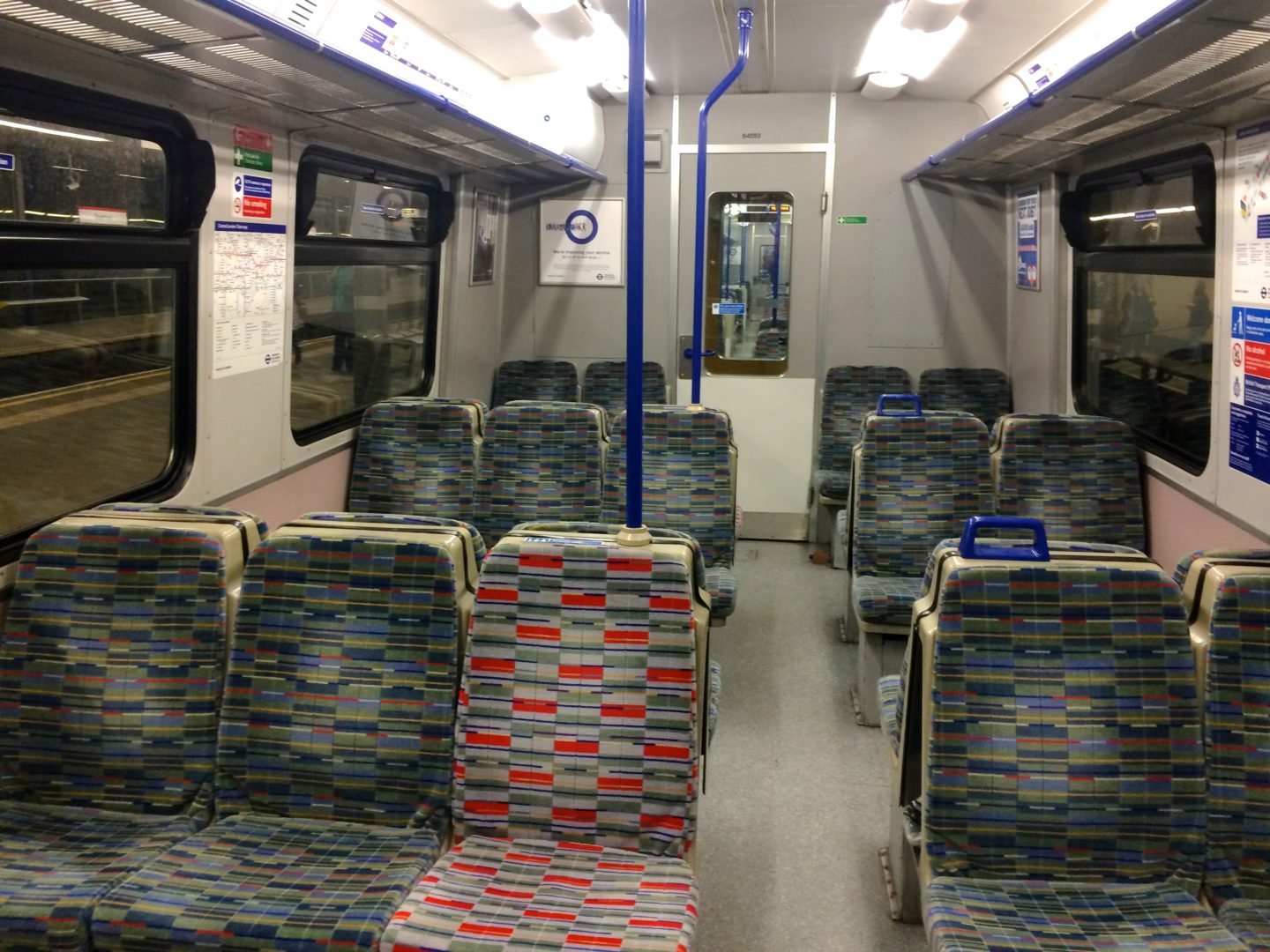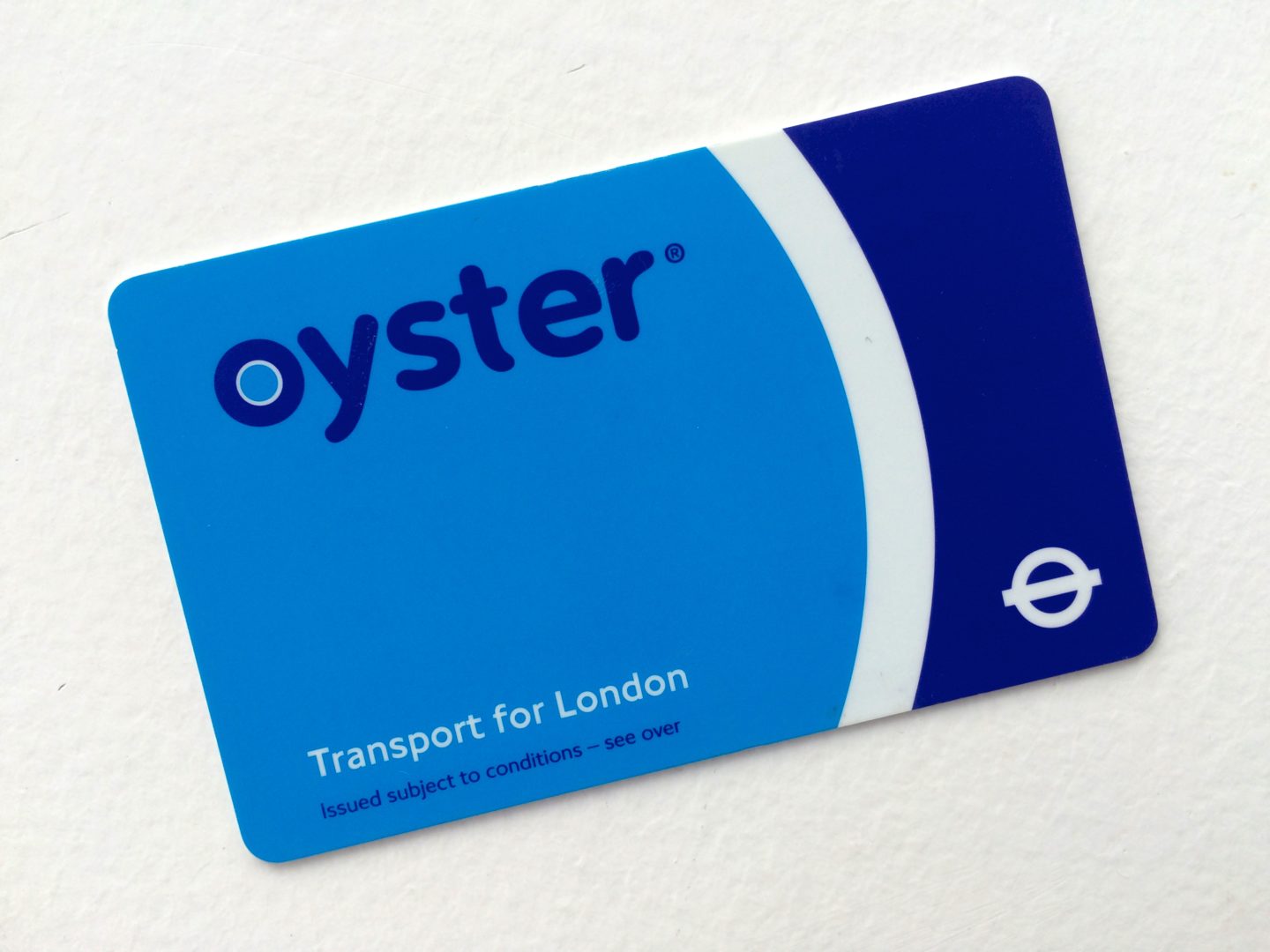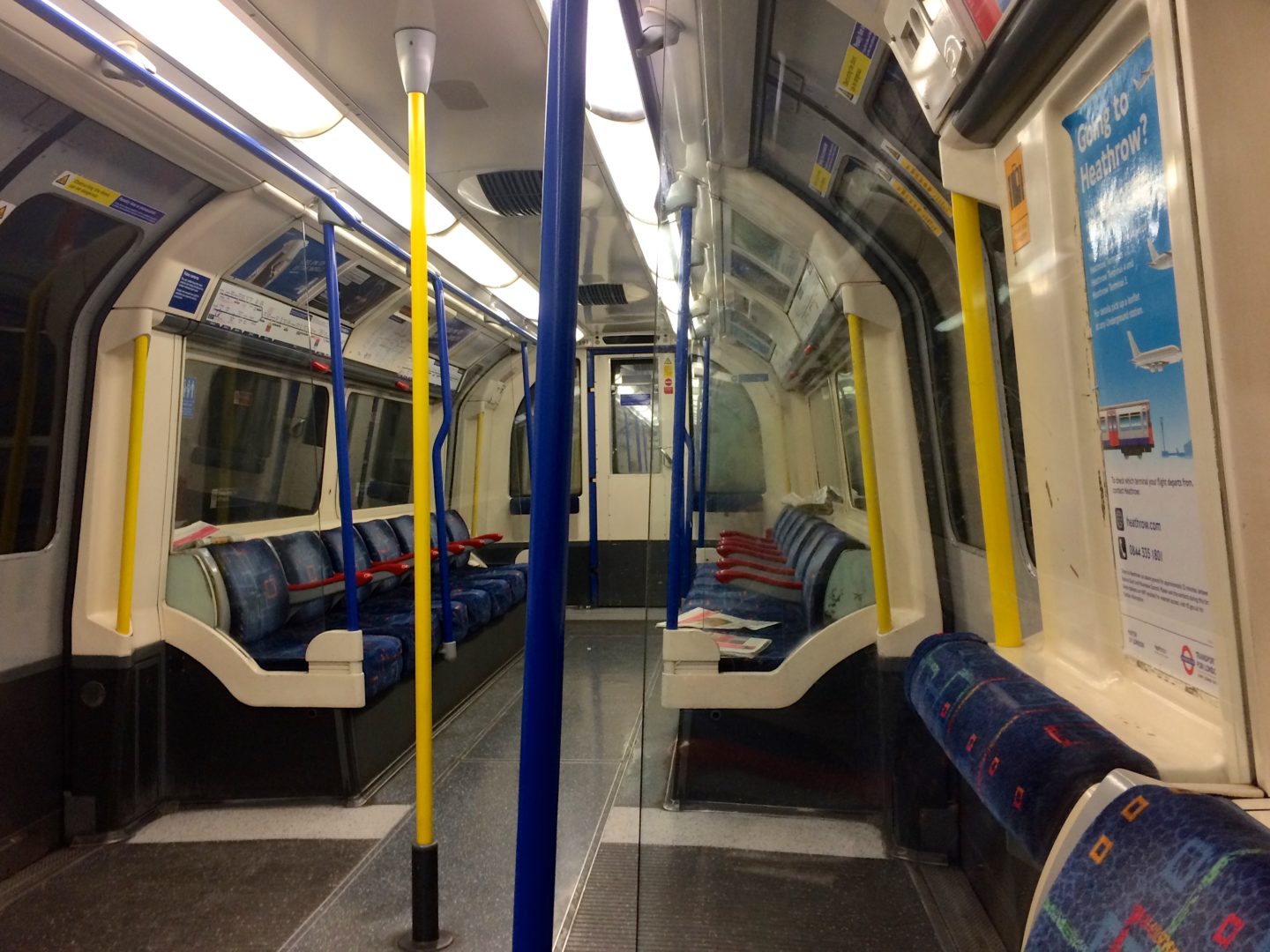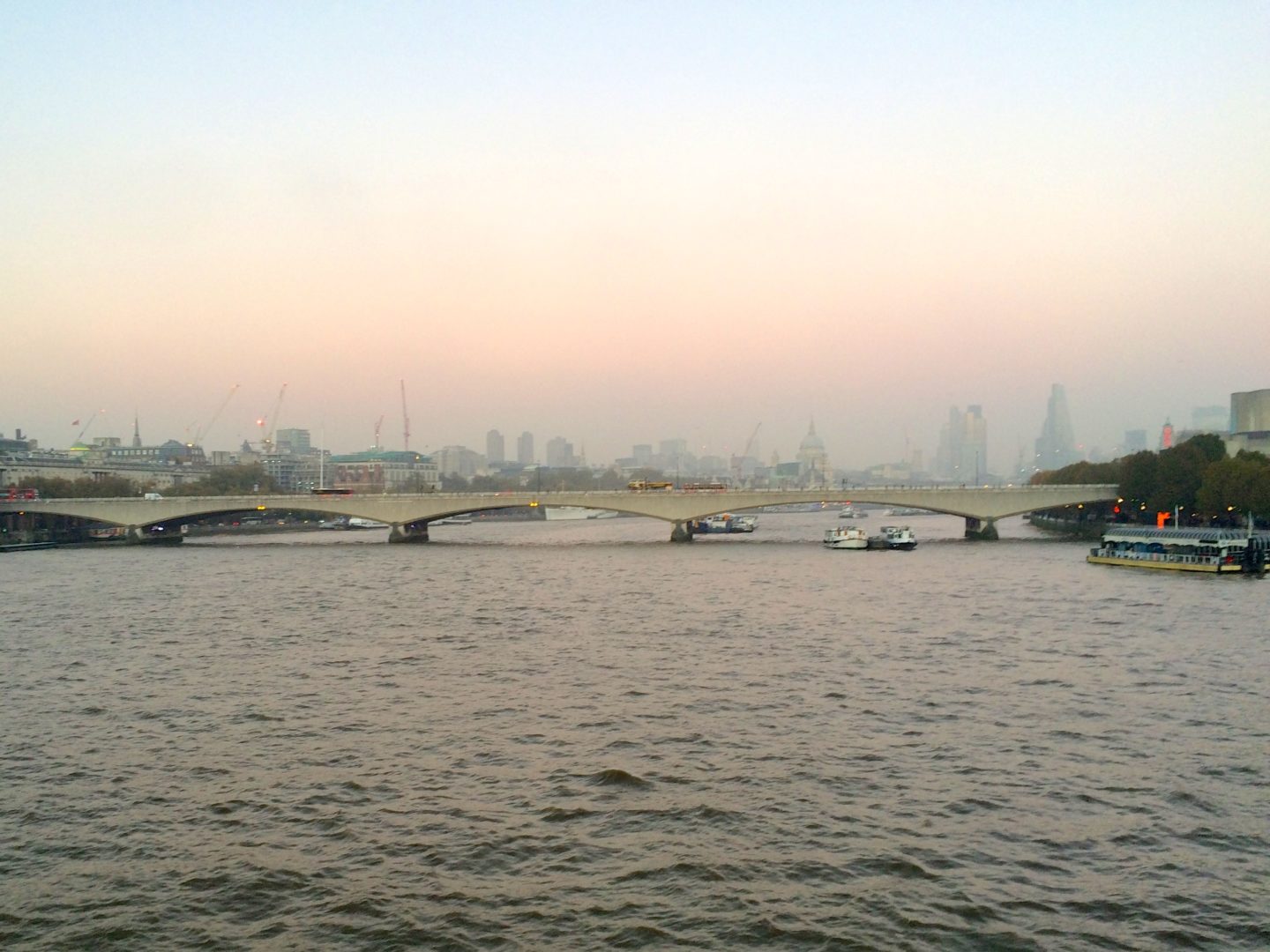A Guide to Understanding Ticketing for Public Transport London
Did you know that the London Underground is the oldest metro system in the world? It first opened in 1863 with steam trains operating the route between Paddington and Farringdon, carrying 38,000 passengers on its opening day. Nowadays, it is one of the busiest systems in the world, carrying over a billion people around the city each year.
It’s also one of the most expensive city public transport systems in the world, and the ticketing system is rather complex. Understanding how the fare structures work and what all the different kinds of tickets and journeys are will help you to make the best use of it and get the most value for your money.

Paper tickets, Oyster and Contactless cards
While you can still buy paper tickets for the Underground and train networks in London, the system is moving in the direction of being fully paperless, with the only possible form of payment by Oyster or Contactless card on buses, for example. Bear in mind that paper tickets, where available, are always more expensive than their paperless alternative.
Oyster cards are credit card sized smart cards that you load credit onto and use to pay for your journeys by touching in at the start of your journey and out when you end your journey and the appropriate amount will be deducted from your balance. On buses, however, you only need to touch in at the beginning of your journey as bus journeys all cost £1.50, regardless of time, location or distance.
Oyster cards must be bought for £5 and can then be topped up with credit at all Underground stations and railways stations as well as in many shops around London as well as online. When using an Oyster card to enter an Underground or railway station, the yellow card reader will display the amount of credit on your Oyster card, and when you touch out at the end of your journey, the reader will also display how much you were charged for the journey.

Contactless cards are any bankcard that display the contactless symbol, and can be used in exactly the same way as Oyster cards. The difference is that you do not need to load credit on to them, but just make sure you have enough of a balance in your account (or a high enough limit if it’s a credit card) to make your journey. This is of course the main advantage of using a Contactless card, but the downside is that it will not show you how much you were charged until you check your bank statement.
Calculating your fare: Peak or Off Peak and Zones
There are two main factors that will determine how much you are charged for any given journey on the Underground or railway in London: what time of day it is, and which zones you are travelling through.
Peak times are 06:30-09:29 and 16:00-18:59 Monday to Friday, except public holidays. Using an Oyster or Contactless card and beginning a journey on the Underground or by rail during these times, you will be charged a higher fare. Beginning your journey outside of these times, you will be charged less.
The London transport network is divided into 9 zones, with some stations outside of this area also included with special conditions. As a visitor to London to see the main tourist attractions, you will likely only travel in zone 1 or maybe 2. The number of zones you travel through on any given journey and which zones exactly they are will determine how much your journey costs.
For example a journey from Hyde Park Corner (zone 1) to Arsenal (zone 2) will cost £2.90 during peak hours, and £2.40 during off peak hours using an Oyster or Contactless card. Buying a paper ticket for the same journey will cost £4.90. To get exact prices of journeys, you can use TfL’s single fare finder.

Yellow and pink card readers
There are two types of Oyster and Contactless card readers that you’ll find in stations around London. The yellow ones are the ones that you must touch to begin or end your journey and will be found at every barrier entrance. Some stations (especially suburban railway stations) do not have barriers, but there will still be free standing yellow card readers to touch to begin or end your journey. It is especially important to remember to use them when ending your journey at such a station, otherwise you will be charged the maximum fare.
Some interchange stations outside of zone 1 will also have pink card readers at points where you can transfer from one line to another. You should touch your Oyster or Contactless card to these if you are not going to travelling through zone 1 so that you are charged the correct fare, since the system will automatically assume that all journeys with an interchange pass through zone 1, even if logistically that doesn’t make sense. Since zone 1 is the most expensive zone to travel through, it’s worth bearing this in mind.
Capping and daily and weekly tickets
When using an Oyster Card or Contactless card, the system will automatically cap the amount it charges you based on the daily capping fare for the journeys you have done taking in to account whether you travelled at peak or off peak hours and through which zones your journeys took you. This means that after three or four journeys in a day, you’ll end up being charged the equivalent of a day pass rather than for each journey individually.
The same is true on a weekly basis, but only from a Monday to the following Sunday. This means that if you’re going to be using London public transport a lot over a week, but your trip will take you there from a Wednesday to the following Tuesday, for example, you’ll actually be better off using an Oyster card and loading a weekly pass onto it than relying on the weekly capping rate being applied to your Contactless card.

For further information on exact fares, where and how to buy credit as well as maps and live transport information, check the Transport for London website.
Public Transport London: FAQs
What is the London Underground and how important is it?
The London Underground is the oldest subway system in the world, transporting over a billion people annually.
What types of tickets are available for the London Underground?
In London, paper tickets, Oyster cards, and contactless cards are available for the subway.
What is an Oyster Card and how does it work?
An Oyster Card is a rechargeable smart card. The fare is deducted at the start and end of the journey.
How do contactless cards work in the London transportation system?
Contactless cards are bank cards with contactless payment. The fare is directly debited from your account.
How are fares for the London Underground calculated?
Fares are based on the time of day and the number of zones traveled through.
What does "capping" mean and how does it work?
"Capping" is a feature that limits the maximum daily or weekly amount that the system debits from your card.
Where can I find more information about fares, purchasing credit, city and line plans, and current traffic information?
Further information can be found on the Transport for London website.


